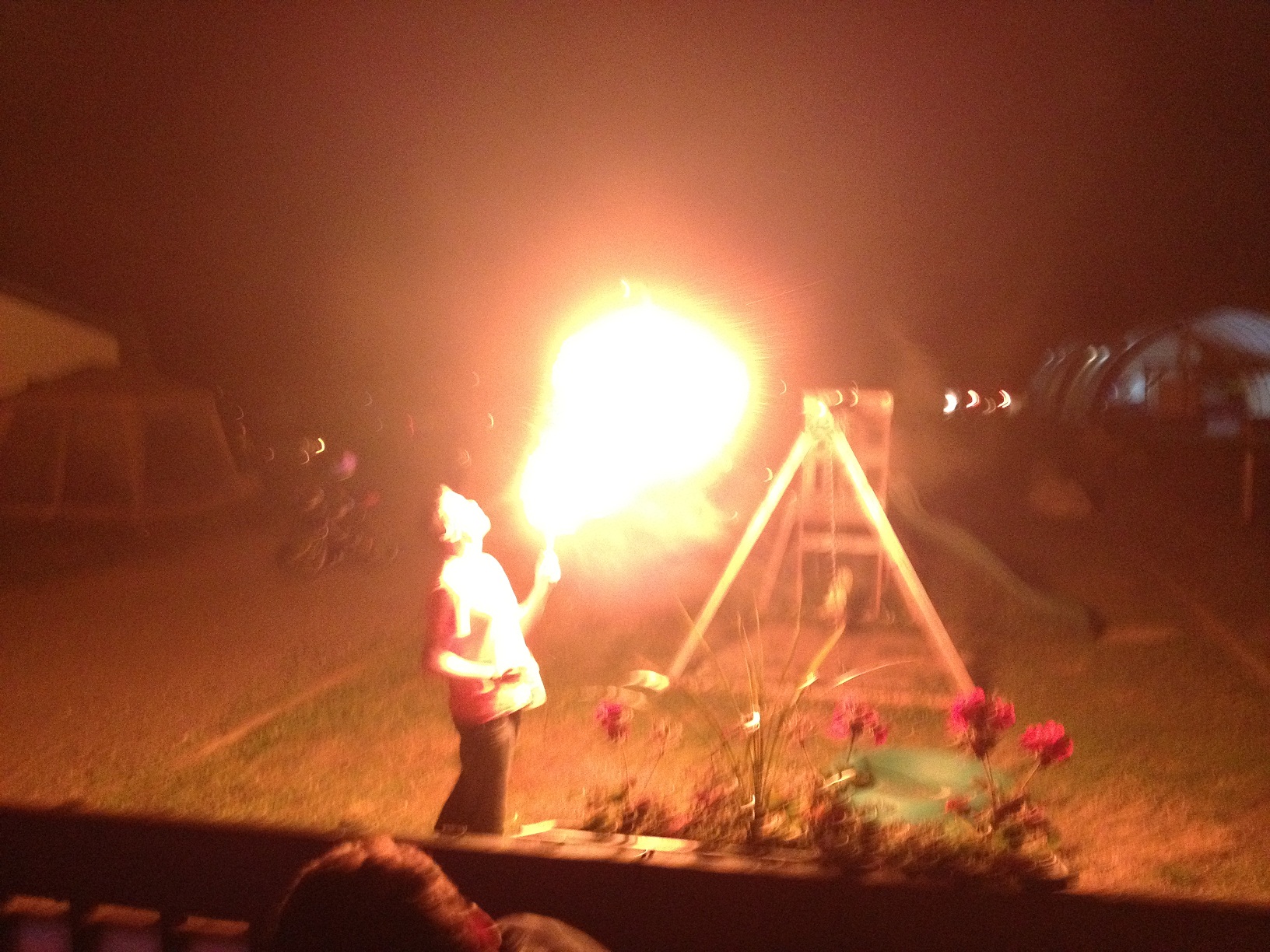Things were different when I first started skydiving. Sure, I was in a completely different place in my life, given that basically everything has changed since that first skydive last April. It’s not so much life that was different as my attitude toward the sport.
 (Back when nothing else mattered but freefall – check out that smile, couldn’t get much bigger) *Photo by Dan Mathie
(Back when nothing else mattered but freefall – check out that smile, couldn’t get much bigger) *Photo by Dan Mathie
At some point, likely earlier this season, a switch was flipped in my brain – one that took me from innocent newbie skydiver to one who has everything to prove…to myself. The fun challenges that I once thoroughly enjoyed became challenges that, if I didn’t conquer, I wasn’t satisfied with the skydive. I became easily frustrated. I expected to be able to master every new freefly move within a couple skydives. Needless to say, my Type A personality got the best of me.
So a took a break from the need to succeed and got back to that learning phase of my skydiving career by donning a wingsuit. Almost immediately that child-like excitement overwhelmed me. My attitude was once again focused on the excitement of the skydive and just learning the basics. It was no longer about trying to get somewhere fast, it was about enjoying the moment :).
And what would you know, when it was time to put my freefly suit and weight belt back on, my attitude carried over from wingsuiting. It was about enjoying the skydive. Sure, there was still high levels of effort put into staying with the group, but it became less about trying to improve exponentially on every skydive. I was more relaxed, my head was in the jump for the fun and excitement of it. Of course, once I relaxed, the jump seemed that much easier. As a student, you’re taught to relax into your arch…same goes for freeflying. Turns out, when you really do and get your head out of what the jump “should be,” it becomes that much more enjoyable.
What once drew me to this sport is now drawing me back in even harder. Enjoying the time in freefall, whether freeflying, being a base on my belly, or in a wingsuit, it’s more about the experience than perfection. And now more than ever I believe if you spend a little less energy on trying to perfect a skill and a little more time enjoying what you’re doing – even if the jump goes to hell – that the learning curve will be higher.
 (See that smile? Just like it was as a student…loving the innocence of this picture) *Photo by Sandy Weltman
(See that smile? Just like it was as a student…loving the innocence of this picture) *Photo by Sandy Weltman
Besides, no matter how precise your sitfly is or whether you can always stick that head down with the perfect transition, you’re still skydiving. In the end, that in itself is an incredible experiences.
So the next time you (and me for that matter) find yourself frustrated that your learning curve seems to be slowing down a bit, do your best to forget about it and remember what got you into this sport in the first place. Whether it’s the freefall or the canopy ride, your desire for skydive was once very simple. Sometimes, it’s the simplest things that can bring the most joy.
Love and blue skies!
Ashley




